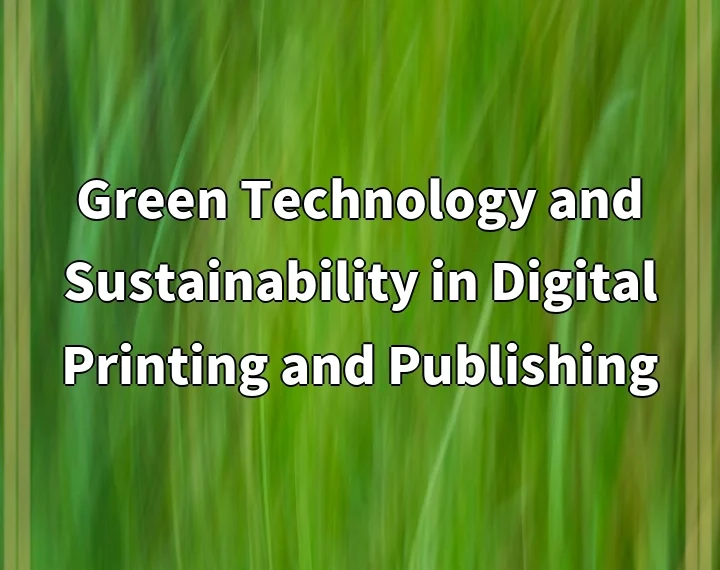What it is:
Sustainable building solutions encompass a range of innovative green materials and practices aimed at reducing environmental impact and creating healthier, more energy-efficient structures. These solutions often involve incorporating environmentally-friendly materials, such as recycled or renewable resources, into the construction and design processes.
Real-World Problems:
1. High Carbon Emissions:
Traditional construction materials, such as concrete and steel, have a significant carbon footprint due to the energy-intensive manufacturing processes involved. These materials contribute to greenhouse gas emissions, exacerbating climate change. By exploring sustainable building solutions, we can mitigate the carbon emissions associated with construction and find alternatives that have a lower environmental impact.
2. Resource Depletion:
Many conventional building materials are finite resources that are often extracted through environmentally destructive practices. For instance, the extraction of virgin timber for construction purposes can contribute to deforestation. Exploring sustainable building solutions involves shifting towards materials that are renewable, recycled, or locally sourced to reduce reliance on finite resources and protect natural habitats.
3. Indoor Air Quality:
Traditional building materials can release harmful volatile organic compounds (VOCs) into the indoor environment, contributing to poor air quality and potential health issues for occupants. Sustainable building solutions prioritize the use of low VOC materials and products that promote better indoor air quality, ensuring a healthier living and working environment.
4. Waste Generation:
Construction and demolition activities generate substantial amounts of waste, much of which ends up in landfills. Sustainable building solutions aim to minimize waste generation through practices such as recycling, repurposing, and using materials with extended lifecycles. By adopting a circular economy approach, the construction industry can reduce its overall environmental impact and contribute to a more sustainable future.

Solutions for Sustainable Building:
1. Green Building Materials:
Using green building materials, such as bamboo, reclaimed wood, recycled metal, and low VOC paints, can significantly reduce the environmental impact of construction. These materials are renewable, recycled, or have a lower carbon footprint compared to conventional alternatives.
2. Energy-Efficiency:
Implementing energy-efficient systems and designs, such as solar panels, efficient insulation, and high-performance windows, can greatly reduce energy consumption in buildings. This not only helps combat climate change but also reduces long-term energy costs for building owners.
3. Water Conservation:
Incorporating water-saving technologies, such as low-flow fixtures, rainwater harvesting systems, and efficient irrigation methods, can minimize water usage in buildings. Conserving water resources is crucial in regions facing water scarcity and helps reduce the strain on ecosystems.
4. Waste Reduction and Recycling:
Adopting construction practices that prioritize waste reduction and recycling can minimize the amount of construction and demolition waste going to landfills. Strategies such as salvaging materials, promoting modular construction, and implementing waste management plans can contribute to a more sustainable construction industry.
5. Green Roofs and Living Walls:
Green roofs and living walls are innovative solutions that involve covering building surfaces with plantings. These features provide numerous benefits such as improved air quality, reduction of the urban heat island effect, and increased biodiversity in urban areas.













